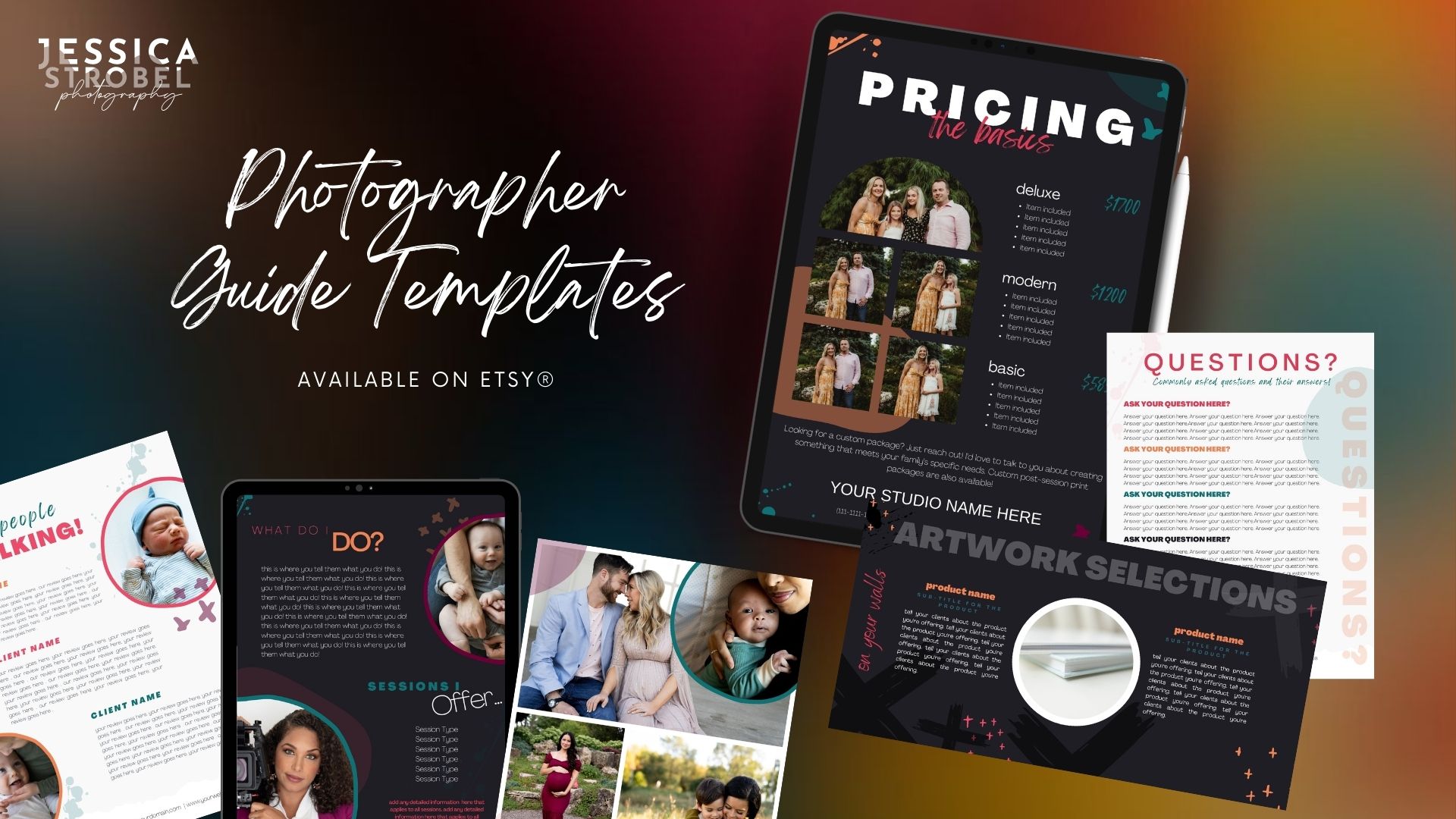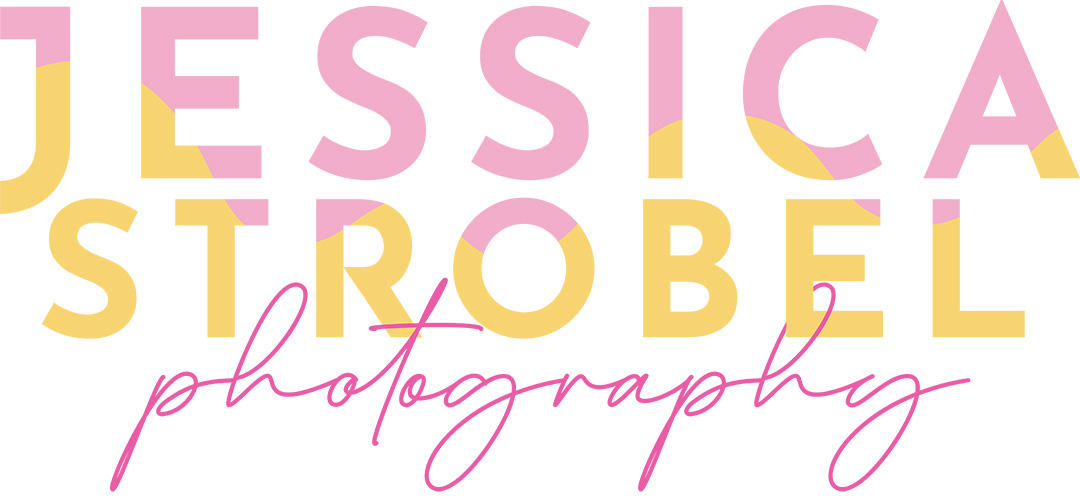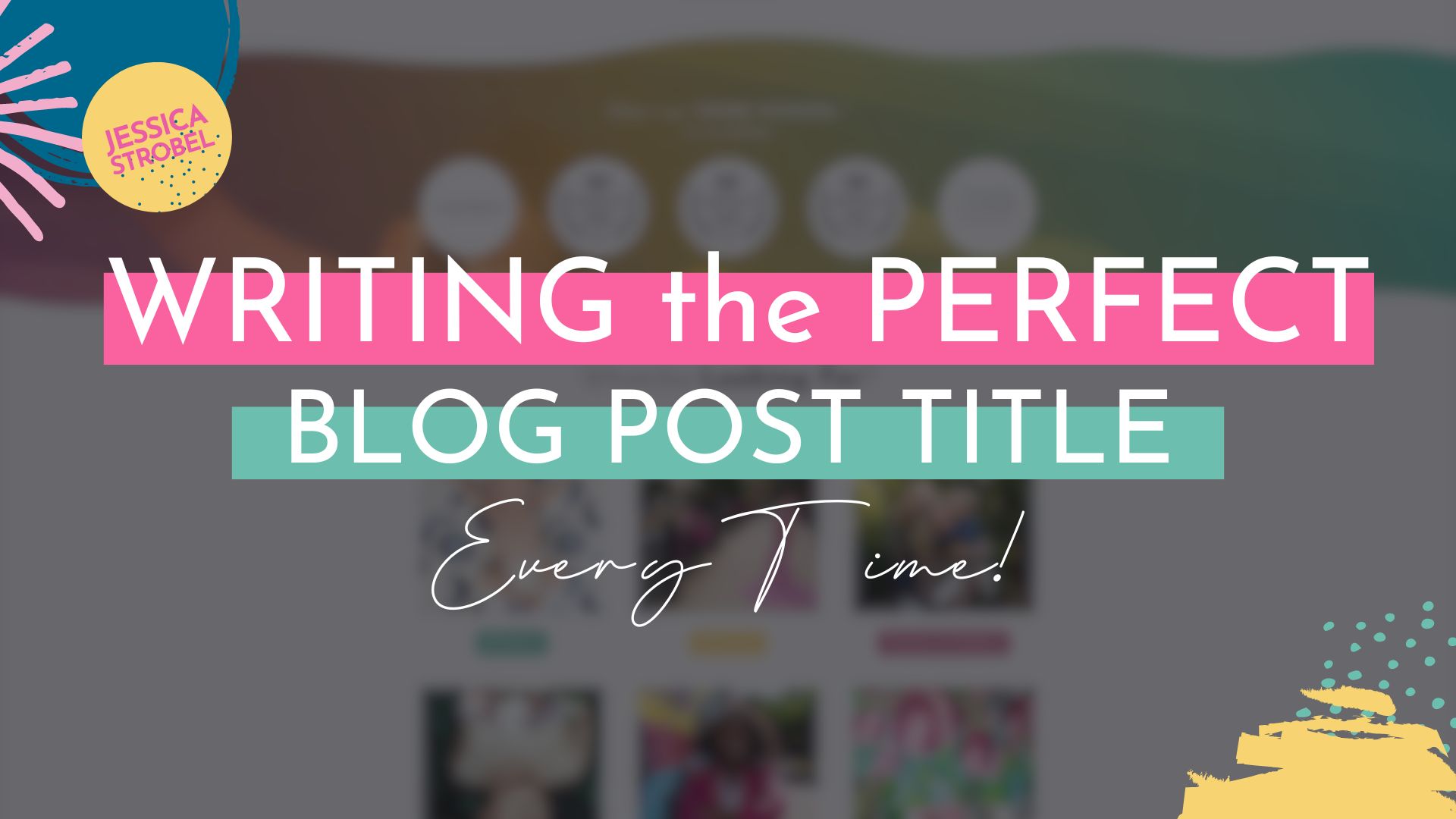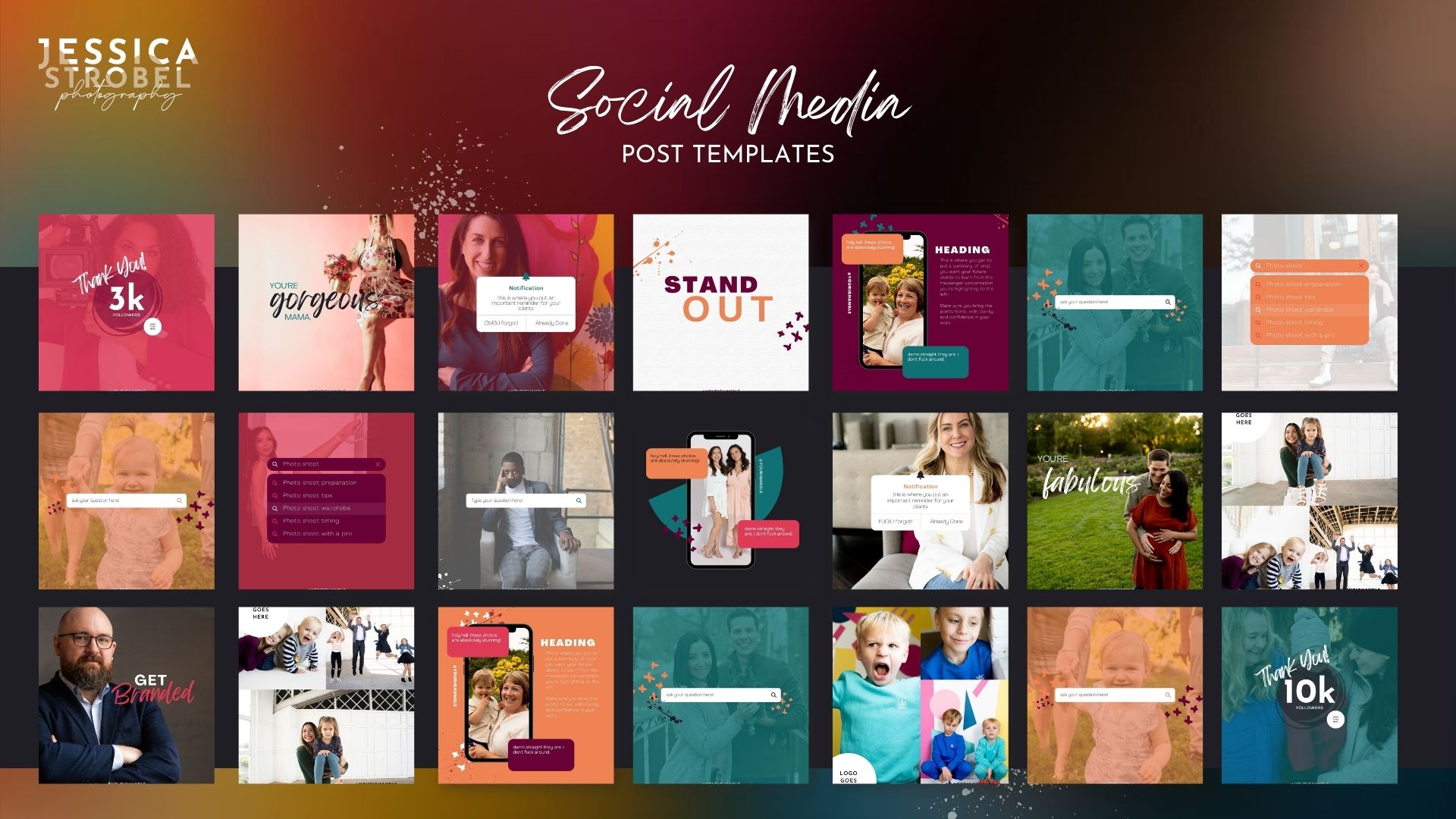Are your Blog Post Titles working for you?
Welcome to the next installment of “How to Blog For Your Photography Business”!! So far we’ve talked about what your blog posts need, how to come up with ideas for them, what in the world SEO actually even IS, how to choose your keywords, and even more about social templates and how they can help your business. But there’s more – so, so much more!
And it’s a natural extension to move from “how to come up with blog ideas” and “how to choose keywords” to… how to write a good blog post title! A lot of this is going to be tied to how you chose your keywords, and the keywords you chose. But there’s a kind of art to it, and we’re gonna talk about that too!!
So without further ado, let’s start at the beginning. What makes a good blog post title?

What are people searching for?
I said we were going to start at the beginning, and I meant it. But what that means is kind of backtracking a little bit, so we’re going to go over this one quickly. Before you get to the point where you’re titling your post, you’ve probably already come up with the idea for it, and the keywords. But there’s no specific “correct” order to do ANY specific thing in, and anyone who tells you there is… is selling something.
You can START with the title, if you want!
You can TOTALLY start your blogging process by coming up with titles, especially if you start by asking yourself what people in your area are searching for!! And by “area” I mean two things, to be clear. I mean your “area” like your “area” of expertise, but also your “area” like your literal geographical area, if you’re a local business. Remember, if your business isn’t an online, anyone-anywhere-can-buy-your-services kind of business, you NEED to make sure you’re paying attention to how the trends in search differ for your region.
You might find (using photography as an example) that most people search “senior pictures” instead of “senior photos” in your area of the world. And that’s okay!! But it would mean a change to your keywords, to accommodate that difference.
Okay back to the point though – I said we were starting at the beginning, and if you’re using the titles as the kind of “jumping off point” for your blog posts, before you choose keywords, you need to start where you’d start for keywords, too! Which is what people are looking for online.
Are you your own ideal client?
There are a ton of ways to do this – if you’re your own ideal client, then you know what you’d search for (or what you DID search for before you learned how to do what you do). If you aren’t your own ideal client, or you’re far enough from that time in your life that you can’t quite look back at it the same way, you can use tools like Answer The Public, Google Trends, and even the Pinterest search bar (especially if you plan on pinning your posts!) to get an idea of what people are looking for online!
If you do things in this order (remember, there’s no right or wrong here!!) then you’ll probably end up coming around to your keywords kind of backwards. Let me explain:
Let’s say you own a yoga studio, and you know for a fact that the people who come to your studio are trying to help themselves deal with things like racing thoughts and anxiety (in coordination with other treatment methods, of course!).
Turning that into a title
So you go from “this is what my people are looking for” to “let’s create a title that indicates my post will answer that question.” Like, “How Yoga can Improve Mental Health” or “How Yoga can Calm Your Mind.” We’re going to give these examples a little more “clickability” later, but hopefully you can see how we went from “a thing your clients ask” to “a concept for a blog post” without doing a ton of mental gymnastics and searching four million trend sites. Each one includes a keyphrase related to mental health – “Improve Mental Health” and “Calm Your Mind”. These are long-tail keyphrases, meaning keywords with more than one word. This example is pretty general, those keyphrases are going to have a lot of competition online, and we’re going to talk about how you can give them a bit more focus, too.
But before we talk about giving it clickability and focus, let’s talk about how to arrive at a blog post title the other way around!!

What are the keywords you’ve selected for your post?
If you’ve already done some keyword research and you know what you want to blog about conceptually – you might have even written the post before you write the title! Like I keep saying, there is no “right” way to blog for your business. The only wrong way to blog is… well, not blogging. Especially if you’re making sure your posts include all the things they need!
But more to the point, let’s say you already have the post itself, you have the keyword (or keywords) you’re including in it, they’re already in there, and all you’ve got left is the title. That means the starting point for that title is going to be your keywords, instead of going from title to keywords like we did in the previous example!
So your job is to grab those keywords or keyphrases you optimized for when you wrote the post, and list them. Then you’re going to frame a title around those! It’s important that the specific phrase you want to turn up in search for is actually IN the title, as that helps give Google (and all the other search engines) what they want. So let’s say you were optimizing a post for “Yoga for ADHD” because your yoga studio offers grounding classes that help calm the nervous system. With a keyphrase like that, you could totally just title your post “Yoga for ADHD” if you wanted to.
But you don’t want to do that… you want to give it clickability. So grab those keywords, keep in mind what you’ve written about in your post, and we’re going down the clickability rabbit hole.
If you saw it in search results… would you click on it?
Ultimately when we’re blogging, the goal isn’t actually to have people click on that specific post, if we’re blogging to help promote our own business. The point is actually giving Google more information about the rest of your website, so that it bolsters the primary pages that you want to get in front of clients.
But that being said, even if that’s the goal we still want to TREAT our posts as if every single one is going to be a powerhouse of search engine optimization, and get tens of thousands of clicks. So, how do we give a title clickability?
Consider the “Problem” you’re solving
My favorite way is to make sure it’s super clear what problem the post speaks to right there in the title. People search online to solve problems, and they need to know what problem you’re solving for them – it’s simple math. I mean, if you’ve searched Google asking a question, which item are you going to click on? One that obviously focuses on the answer you were looking for? Or one that kind of sort of dances around it?
I think the answer to that is obvious, so we’re going to move on.
Making your title clickable means making it clear what’s in the tin, and that it’s focussed on what the searcher is looking for. Let’s say you wrote your post about Golden Hour Photography, and you’re hoping it’s going to rank for searches of the same.
You could title it “Golden Hour Photography” – but… if you were looking for a photographer who worked at Golden Hour, would you click on that? Or would you be more likely to click “The Best Time For Professional Photos: Why You Should Book Golden Hour Photography”? Probably the second one, right?
So when you’re considering clickability, you want to get into the mind of your ideal clients, and make sure the title you use speaks to what the post has FOR them. Not what the post IS.
In our yoga example from earlier, you could totally title your post “Yoga for ADHD” but it would be a lot stronger to get in the head of the person searching, and go for something more along the lines of “Yoga for ADHD: How Yoga is Proven to Calm the Mind” or “Yoga for ADHD: Three at-home Practices to Help Your Focus”. Keep it specific, keep it purposeful, and most of all, write something you’d click on!!
As I Said, Blogging For Your Business is an Art
Blogging isn’t always easy, I won’t lie to you. There’s an art to is, and sometimes it’s a little much. But if you take it in phases, plan your blogging structure, make sure your posts have what they need… it will MASSIVELY help the visibility of your website. And as you know, your website is the only advertizing platform you OWN! So… get to blogging!!






0 Comments